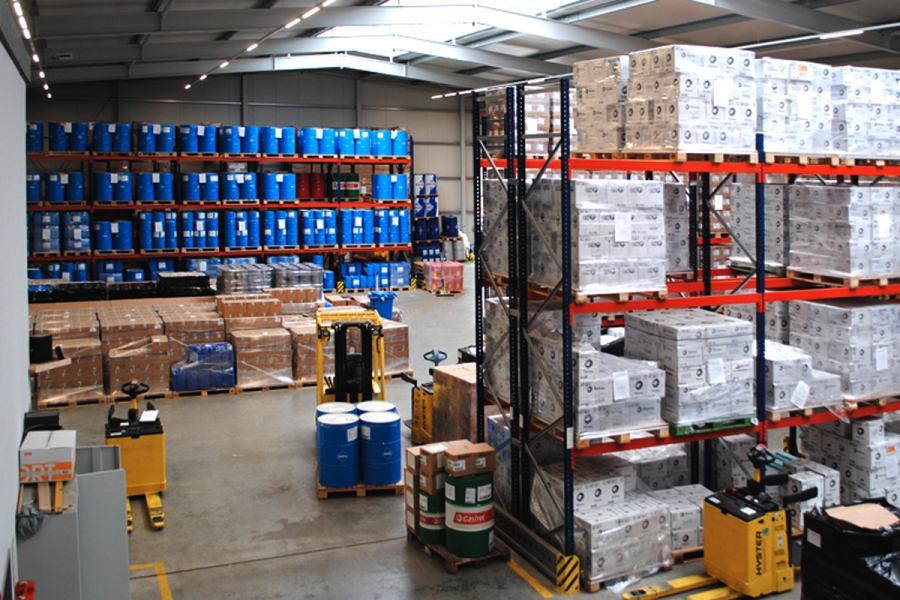Proper storage ensures the quality of the lubricant and can prevent its loss. Using efficient lubricant storage methods will increase your operating range. Concerned about the cost of storing lubricators in storage is a global challenge, and many companies are in trouble because it is critical to support stocks. Proper storage guarantees the quality of the lubricant and prevents its loss. Efficient lubricant storage methods will result in operational efficiency.
Dry and cool storage of liquids
Providing the lubricant under controlled conditions is the best option, but keeping liquid storage containers indoors and away from outside is the following solution. Direct sunlight can heat liquids to more than 150 degrees Fahrenheit, which causes premature oxidation and may lead to varnishing and insolubility of additives. Temperature fluctuations will also cause the containers to expand and contract, opening the way for moisture to penetrate. Water is extremely harmful to the lubricant.
Prevent freezing/thawing
Delivery of cargo in cold weather may affect fluids usage way. The supplier is aware that the fluid is frozen or liquid. Frozen liquids must be completely melted before use because some components melt at different temperatures relative to each other.
Proper labeling
Damage during transport, leakage, or splashing of fluid and other items can spoil the label on the container and produce an "unknown liquid". Protect the label on any lubricant container that enters the facility so you do not have to throw away materials you do not identify the name of.
Maintenance infrastructure
Offering the proper facilities and container helps to get as much fluid out of the container as possible. Racking systems and drums, placed at the angle or end of a cone on larger tanks to completely drain the fluid, are two examples of efficient fluid distribution. Consistently keep transmission line lengths to a minimum to limit the amount of waste and potential contamination of the fluid in the lines.
Rotation in the lubricant position has a limited shelf life; So optimal performance should be operated as soon as possible. Oils and greases will last the longest, however, they will last up to 3 years after the date of manufacture. The life of detergents and metal-forming liquids with the capability to dilute in water is much shorter (usually one year); So always pay attention to the expiration date of the fluids you store.




